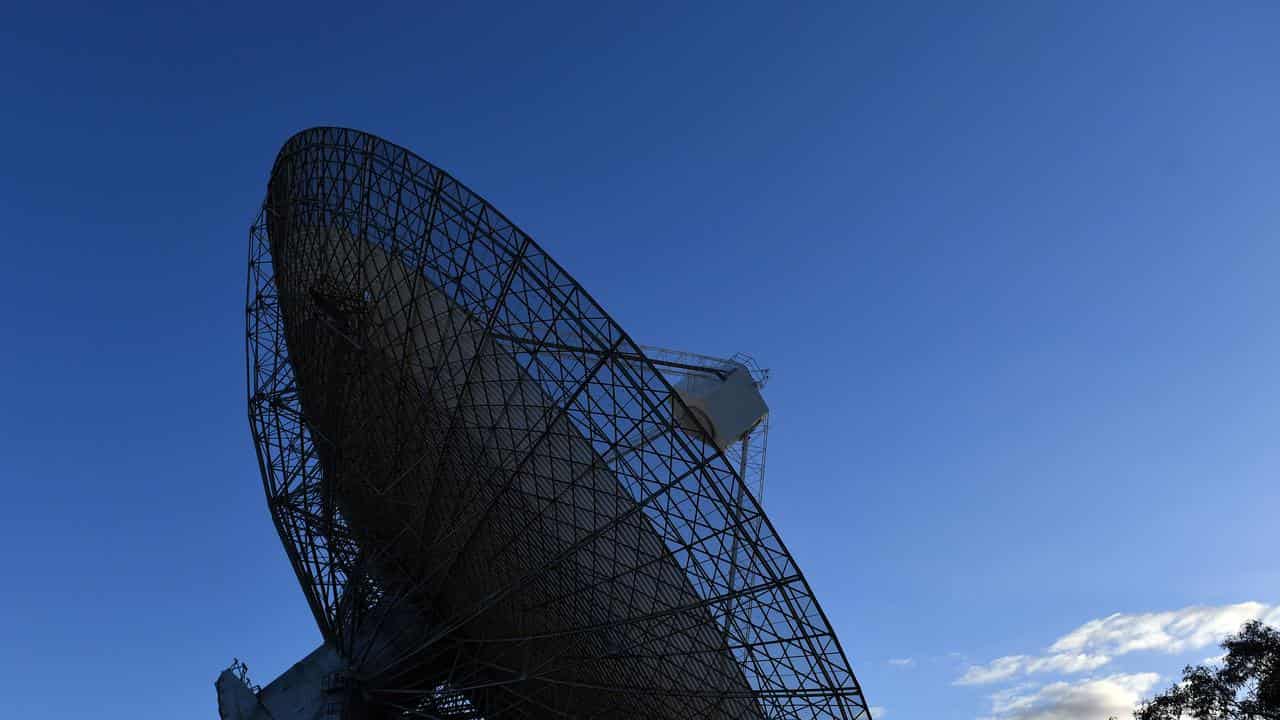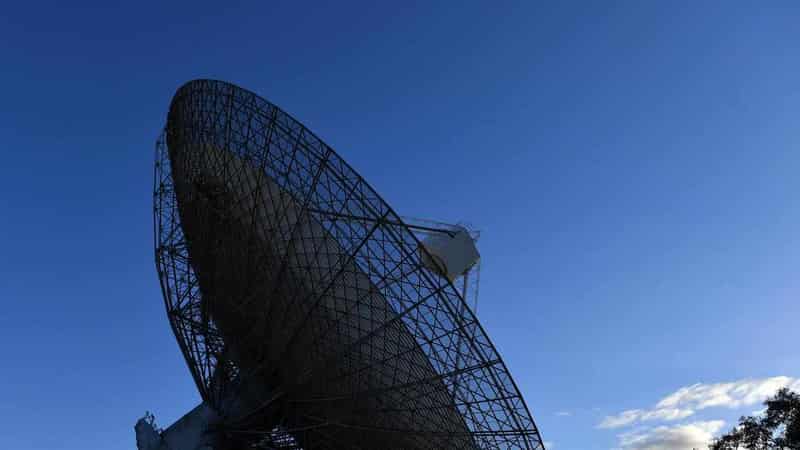
Australia's vast lands and sweeping coasts will be analytically mapped by satellites after the federal government agreed to join a US satellite program led by NASA.
The government has agreed to join Landsat Next, a program that maps and observes the changing surface of the earth.
Minister for Resources and Northern Australia Madeleine King signed an in-principle agreement for Australia to partner in the Landsat Next program in Washington this month.
It supports mining exploration, monitoring of the earth's climate, water, environment and crops, as well a management of floods, fires and natural disasters.
Landsat Next develops on a previous program - Landsat 9 - with three identical satellites expected to make up the fleet that can detect 26 spectral bands spanning visible and infrared light.
The satellites will aid scientists, farmers and businesses better observe and predict weather patterns and changes to bushfires.
Higher-resolution and detailed images of the earth's surface as small as the width of a tennis court can be taken by the satellites.
The government will commit $207.4 million over four years to the project, and ongoing funding, that will enhance satellite ground station facilities in Alice Springs.
Ms King said the agreement is vital for minerals and agriculture industries and will be an essential tool in managing natural disasters.
“Landsat data supported emergency services in Queensland in January to help mitigate potential flooding in Queensland ahead of Cyclone Kirrily," she said.
“I am delighted that we will continue this partnership with the US for decades to come.”
“The Landsat Next satellites will mean we can monitor Australia’s lands and coasts from space. It is the biggest and best selfie we could take of our great country.”
Australia has been involved in the Landsat satellite program since the early 1970s.
It is expected the Landsat Next program will launch in 2030.









